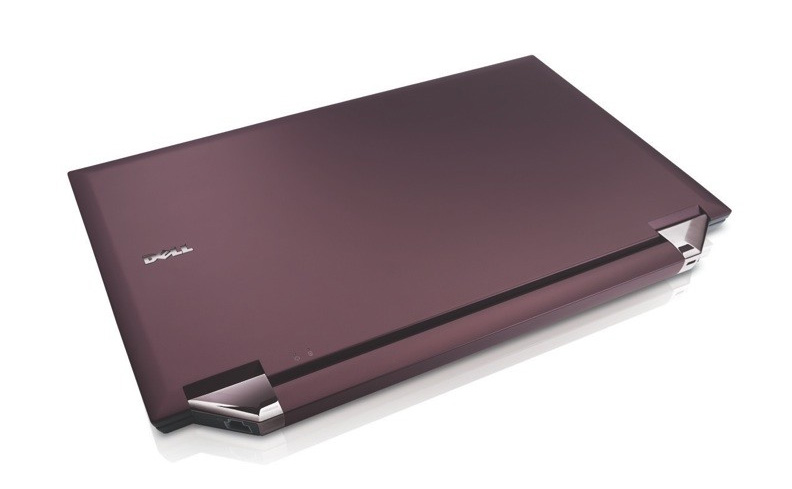
Credit giant Visa (which recently announced a global restructuring which will create a new publicly traded company) has announced a tiered rollout of its mobile payment system designed to enable consumers to make charges and manage accounts via mobile phones and other wireless devices.
Visa has been testing and developing the system for years with several partners (including IBM, VeriSign, Nokia, and others), and similar systems have seen limited trials, including mobile payment systems in Germany and Finland which enable mobile phone users to pay for public transit. The basic idea is to convert mobile phones and other wireless devices into mobile wallets which can be used much like credit cards: when consumers make a purchase, they swipe the phone or other device over a reader which detects a microchip embedded in the device. Owners then confirm the purchase, and the transaction is complete.
Users would also be able to make payments and manage accounts using their mobile devices.
“Visa has long realized the importance of the mobile channel to the future of payments and as a medium to deliver consumer services,” said Patrick Gauthier, Visa International’s senior VP of innovation, in a statement. “The launch of the mobile platform is a significant industry milestone because it will enable innovative trials and go-to-market strategies for mobile payment services globally.”
The initial launch of Visa’s platform offers capabilities for contactless mobile payment, personalization, and OTA (one-time account) payments. And consumers may be overjoyed to learn the initial system also includes provisions for direct marketing to mobile users—but, also, coupons. (Surely being offered $1 off your next purchase of $20 or more in socks will be worth the spam, right?) Future versions of the platform will offer remote payment and person-to-person transactions.
The wireless technology which enables short-range scanning of mobile devices at points of purchase is dubbed the Near-Field Communications (NFC) chip, developed by Sony and former Philips unit NXP. The NFC is already widely deployed in public transit cards. And showing its support for the standard, Nokia has begun showing off its 6131 NFC phone at CES this week, which includes the Near Field Communications technology to enable Visa’s mobile platform along with a 1.3 megapixel camera, FM radio, microSD expansion, and Bluetooth wireless networking.
“At CES there are dozens of potential use cases for the Nokia 6131 NFC phone,” said Juha Kokkonen, director of Mobile Experiences for Nokia’s Mobile Phones business. “Instead of carrying a badge for entry, a tap of my phone could authorize my admittance to the exhibition, access to product information could be achieved by touching my phone on a product display, making carrying brochures around the show floor obsolete, and instead of heading to the ATM machine on a daily basis, coffee, sodas, and hot dogs could be purchased using an NFC-enabled phone.”
[You know, I haven’t been to an ATM in months, and haven’t touched a soda or hot dog in many years. But coffee…mmm. Glorious coffee.]
Editors' Recommendations
- Best cell phone plan deals: T-Mobile, AT&T, Verizon, Mint Mobile and more
- T-Mobile adding a free year of Apple TV+ to its most expensive plans
- The best mobile plans and smartphones for seniors
- WhatsApp launches crypto-powered mobile payments in the U.S.
- T-Mobile 5G home internet: Coverage, speeds, and plans

